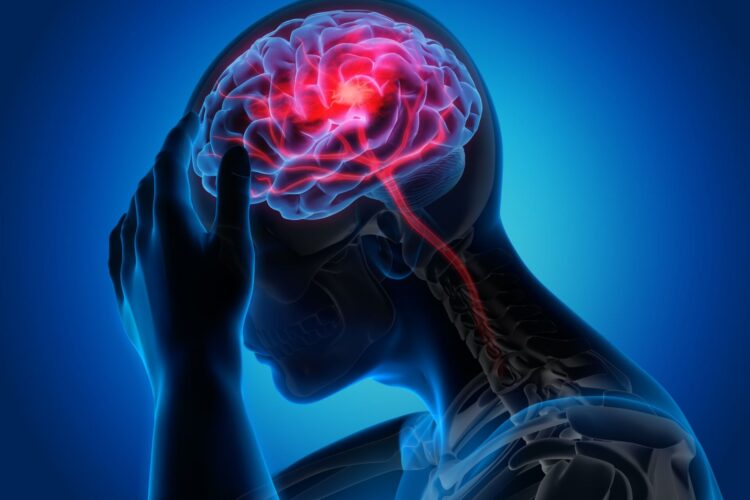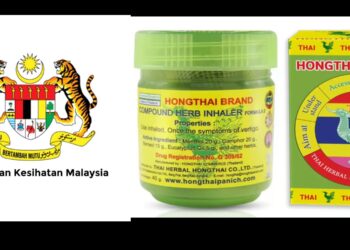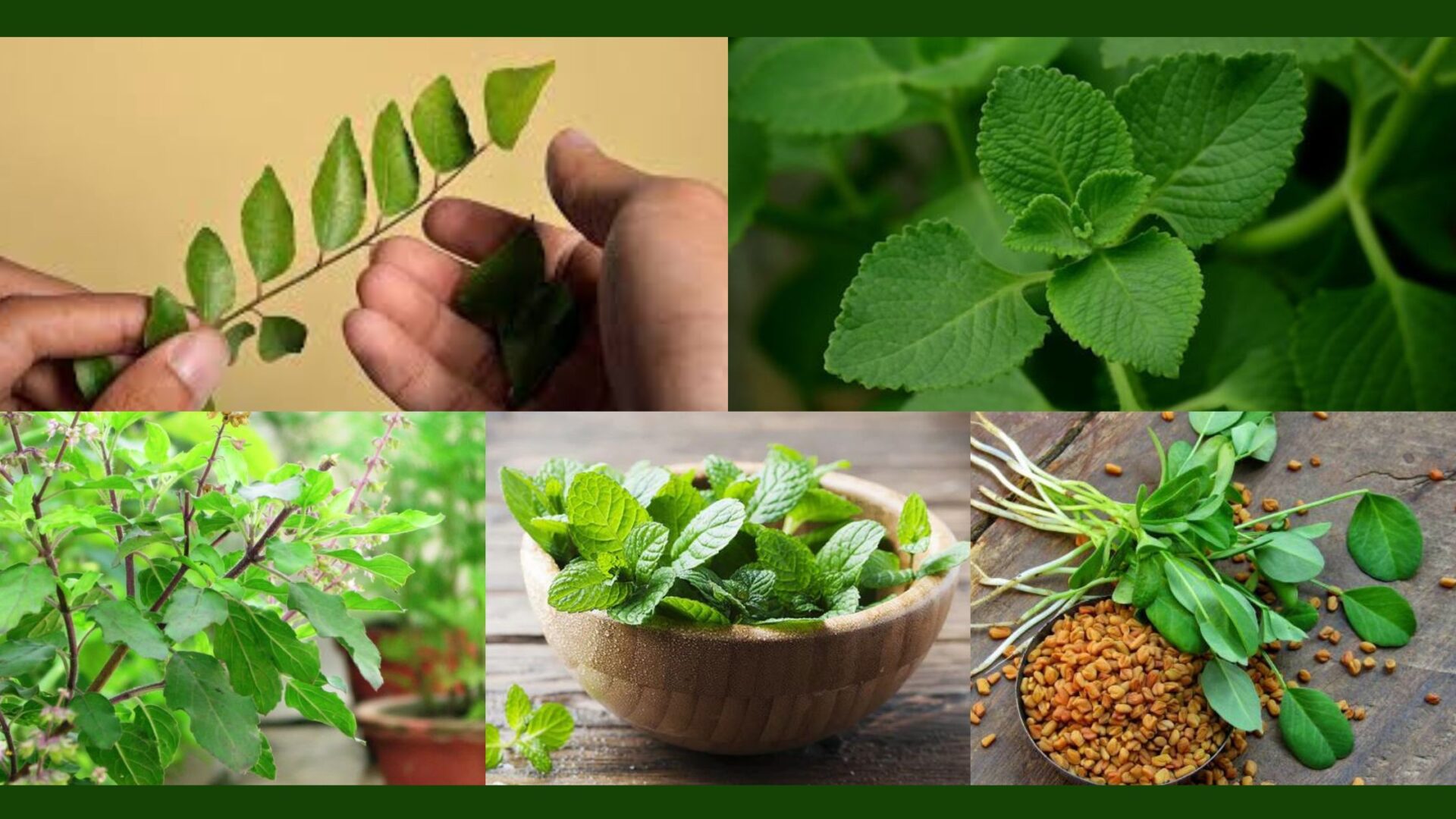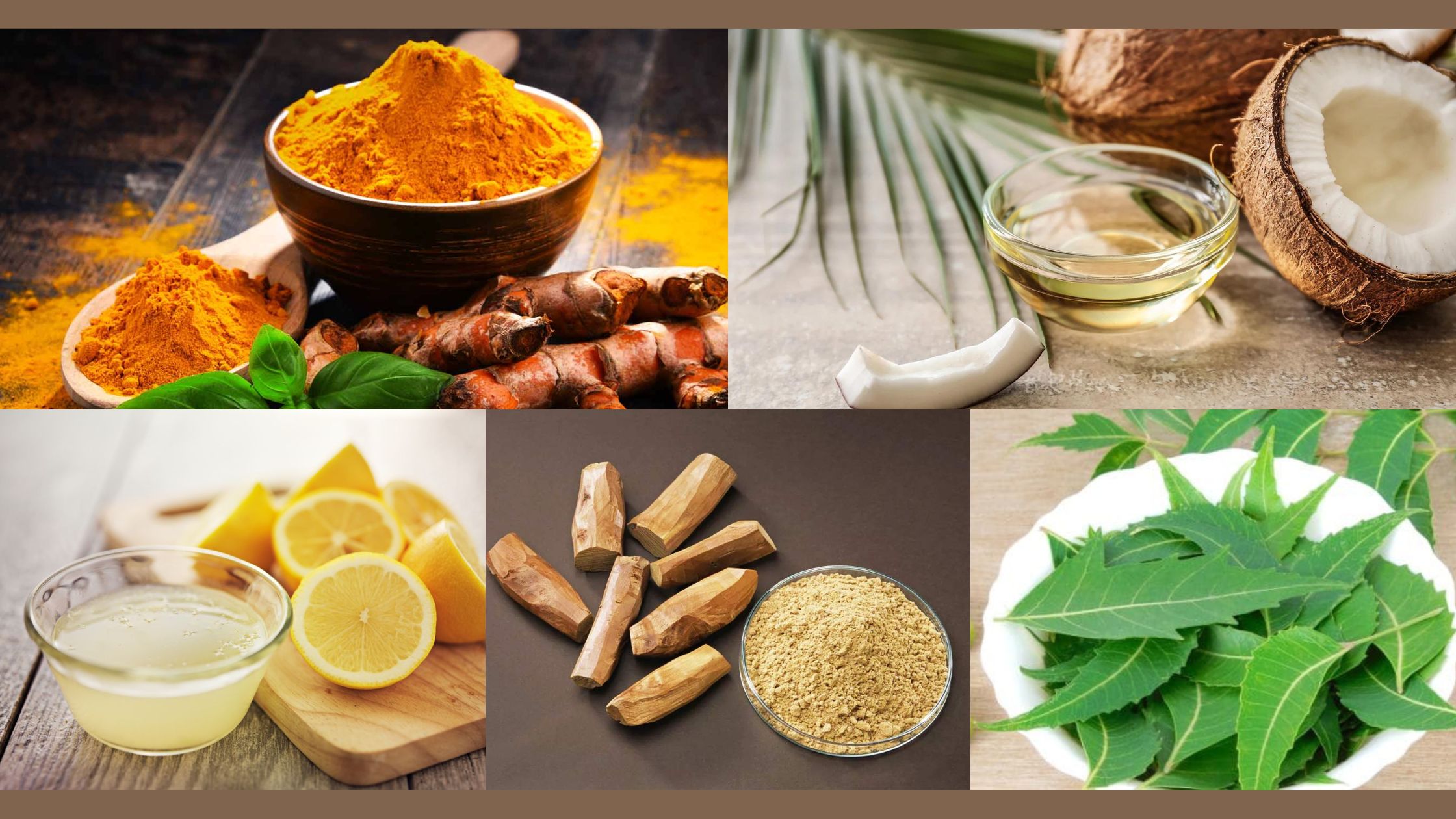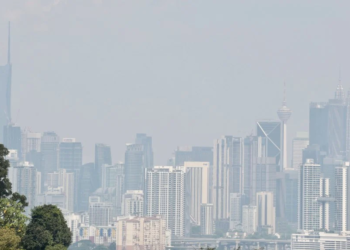Do you know stroke or cerebrovascular disease is the third killer of Malaysians after heart disease and pneumonia? Yes, it is true.
According to the survey, on average, 25 Malaysians die from a stroke every day compared to only 9 deaths a day from road accidents. Due to stroke, approximately 55% of people suffer from a disability while 8.3% population face death.
This stroke does not discriminate as it can attack anyone regardless of their age. Anyone, even an active individual can also suffer a stroke!
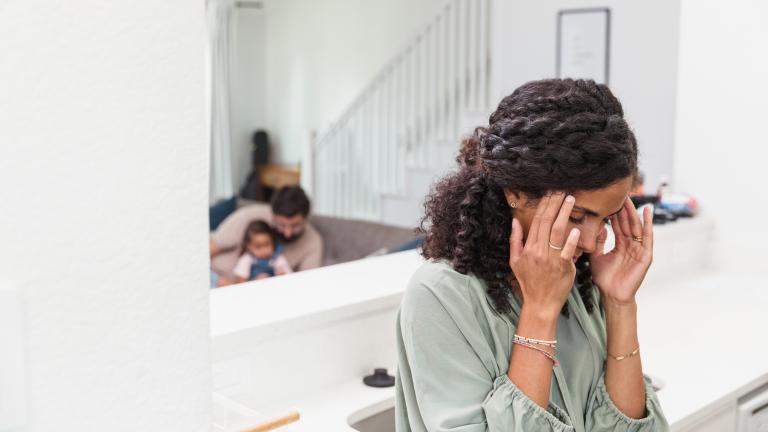
Strokes or ‘brain attacks ‘usually occur suddenly, out of the blue, and the affected person may not even realise that he or she is having a stroke
What evokes the stroke?
Strokes are due to sudden interruption of the blood supply to the brain. This can occur in two ways;
- Ischaemic stroke – When a blood vessel is blocked due to a clot
- Haemorrhagic stroke – When a blood vessel in the brain ruptures leading to bleeding in the brain
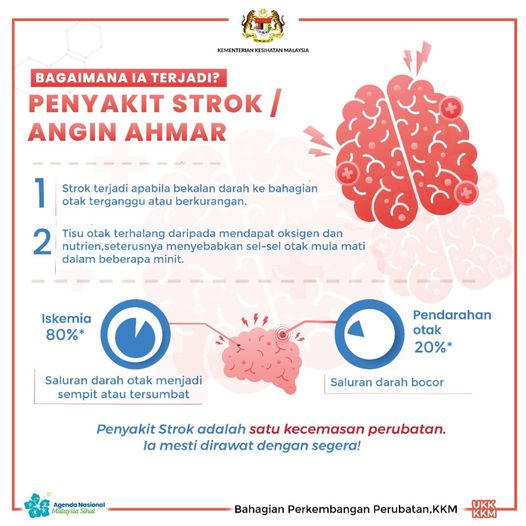
About 80% of strokes are of the ischaemic type and 20% are haemorrhagic.
The symptoms listed below could indicate the signs of a stroke:
- Weakness of limbs on one side of the body.
- Numbness or altered sensation on one side of the body.
- Slurred speech, difficulty in talking or problems understanding speech.
- Drooling of saliva from the mouth or problems with swallowing.
- Blurring or loss of vision.
- Dizziness, unsteadiness, or incoordination of movements.
- Drowsiness, confusion or loss of consciousness.
- Severe headache especially if associated with nausea and vomiting.
HELP!
These are the ways to identify individuals suffering from stroke by using the abbreviation ‘B.E.F.A.S.T.’ method.
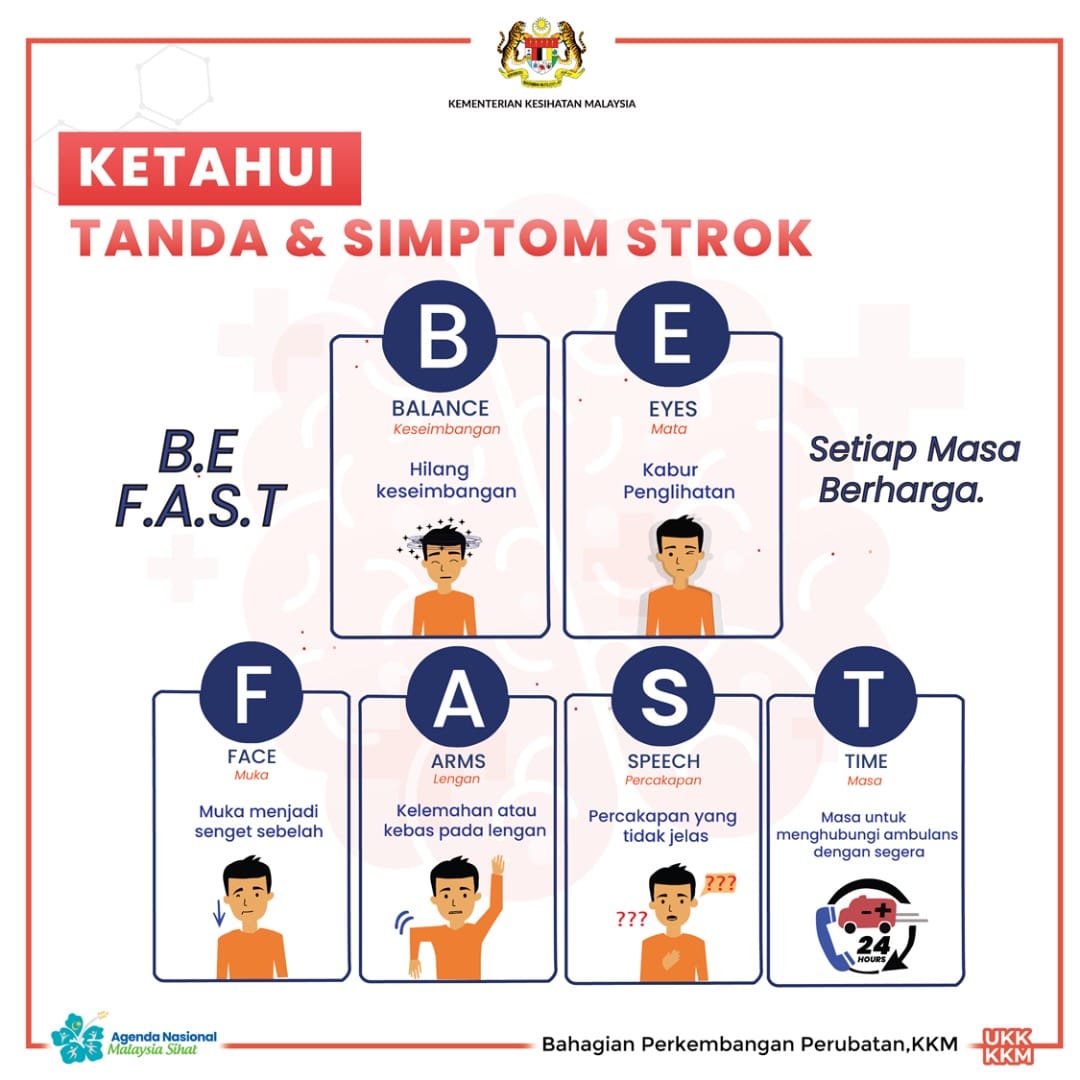
B – Balance
The person may suddenly have trouble with balance or coordination.
E – Eyes
They could experience sudden blurred, double or total loss of vision. This can happen in one or both eyes.
F – Face
Do you notice one side of their face drooping? Ask the person to smile.
A – Arms
Are they experiencing weakness in one arm? If they raise both arms, does one drift down?
S – Speech
Is speech slurred, are they unable to speak or are they hard to understand? Ask the person to repeat a short sentence like, “Remember the Alamo.” Do they repeat the sentence correctly?
T – Time to get help
If you notice any of these symptoms, call 911 and get the person to a hospital immediately.
Remember!
Stroke is a medical emergency in which the patient needs to seek treatment immediately. Early detection can help avoid worse risks and complications.
However, you can still reduce the risk of getting a stroke.
There are also changes and habits you can implement into your routines that can help reduce your risk.
Stroke prevention tactics include:
- Quit smoking. Nicotine and carbon monoxide cause damage to your cardiovascular system and increase your risk of stroke. That risk is more than double for black people who smoke.
- Eat healthier. Reduce saturated fat, trans fat and cholesterol in your diet.
- Get active. Aim for at least 150 minutes of physical activity per week. That’s about 20 minutes a day. But don’t worry about the number—just get started by sitting less.
- Lose weight. If you’re overweight or obese, losing as little as 5 or 10 pounds can significantly reduce your risk of having a stroke.
Let’s all lead and embrace healthier lives to stave against this deadly disease.
Follow us on Instagram, Facebook or Telegram for more updates and breaking news.


